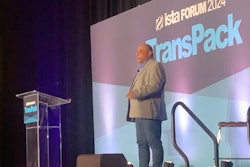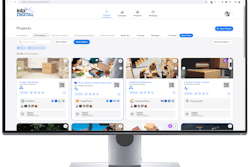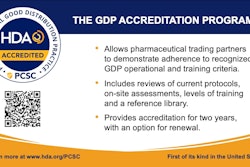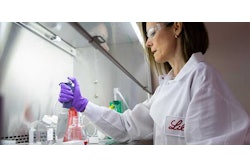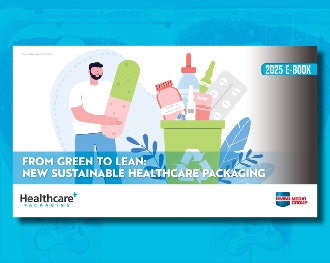
Key Takeaways:
- Environmental regulations are becoming increasingly stringent
- Manufacturers should be aware of accident lawsuit abuse and understand insurance limits.
- Data management in logistics can also help pharmaceutical brands get ahead.
Almost all healthcare products are transported via truck at some stage, with around 80% of domestic freight costs attributed to trucking. What economic and regulatory factors are influencing the logistics networks of pharmaceutical and healthcare brands in 2024 and onwards?
Speaking at the Healthcare Distribution Alliance’s Distribution Management Conference (DMC) and Expo in March, Andrew Boyle, chair of American Trucking Associations, addressed these and other questions, sharing insights on some of the challenges, trends, and influencing factors related to logistics in healthcare packaging.
Environmental regulations
Environmental regulations are becoming increasingly stringent, with each state implementing different emissions standards as part of a broader push towards sustainability and reducing greenhouse gas emissions. Updating pre-2010 trucks to newer, more efficient diesel models is essential to meet the stringent emissions standards being implemented across states.
The industry also needs to advocate about the gains in fuel efficiency in trucking in recent years, Boyle said.
“It’s important to reset a little bit in people's perceptions of what today's trucks are like because the reality is, when you look from the 1980’s to today, emissions from heavy duty trucks have been reduced by 99%,” said Boyle.
Shifting international trade dynamics are making significant implications for the trucking industry right now. Boyle noted that Mexico has surpassed China as the largest importer to the U.S. in terms of dollar value. This shift has increased the volume of goods transported by truck across North America, particularly affecting border regions, something Boyle has seen in his own business as co-president of Boyle Transportation.
“Trade equals trucking, and the volume of imports from our new NAFTA partners has increased,” said Boyle.
Increased cross-border trade presents both opportunities and challenges for logistics companies. On the one hand, it offers growth prospects for those who can efficiently manage international logistics. But it also requires companies to navigate complex customs regulations and ensure compliance with varying standards across countries.
Investing in technology to streamline cross-border operations, enhancing security measures, and fostering strong relationships with international partners can be crucial steps for leveraging these trade dynamics effectively.
Navigating ‘lawsuit abuse’ and insurance
Logistics companies must be vigilant about what Boyle calls “lawsuit abuses,” which can have severe financial implications when accidents happen. In states with aggressive legal environments, companies face the risk of exorbitant settlements and legal fees, significantly impacting their bottom lines.
Insurance limits play a crucial role in protecting companies from these financial risks. Manufacturers should be aware of accident lawsuit abuse and understand insurance limits. Logistics contractors and pharmaceutical brands can regularly review their insurance policies to ensure they are adequately protected against potential legal challenges.
Technology leaps forward
Data management in logistics can also help pharmaceutical brands get ahead. Companies often face an overload of data from various sources, making it challenging to extract actionable insights. Boyle explained how his company has developed enterprise software to help sort through the data.
“We have a full software development team that takes all the reams of data that we have, distills it down and packages it in a fashion that is meaningful to our clients, including temperature, history, location, as well as, documents,” said Boyle.
Real-time monitoring of shipments – to help ensure compliance with regulatory requirements and optimize supply chain operations – will be enhanced by the adoption of advanced technologies such as artificial intelligence, machine learning, and the Internet of Things (IoT). With enhanced analytic capabilities enabled by these advancements, logistics tasks such as predictive maintenance, route optimization, and improved inventory management become more efficient, contributing to more cost-effective logistics operations.



